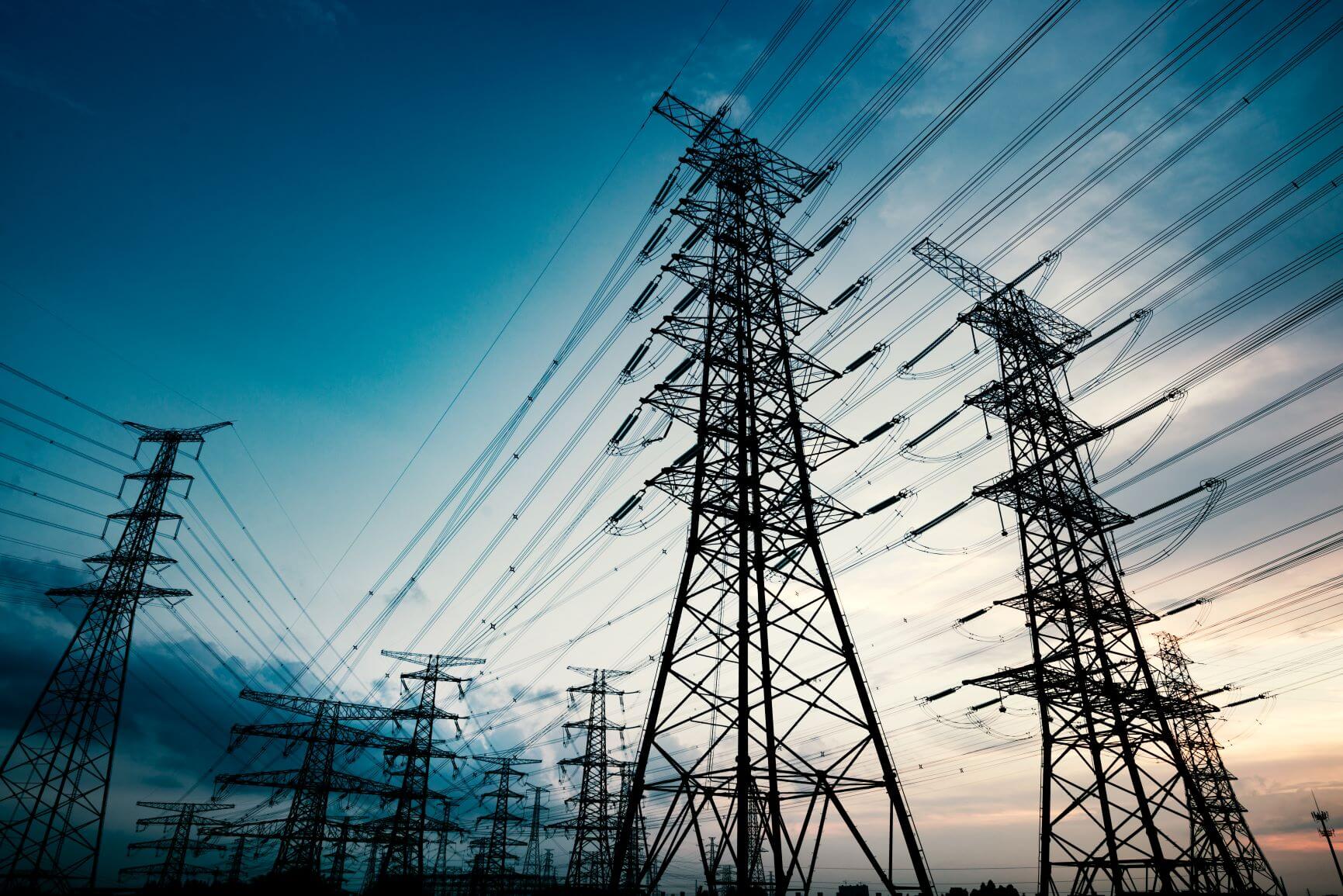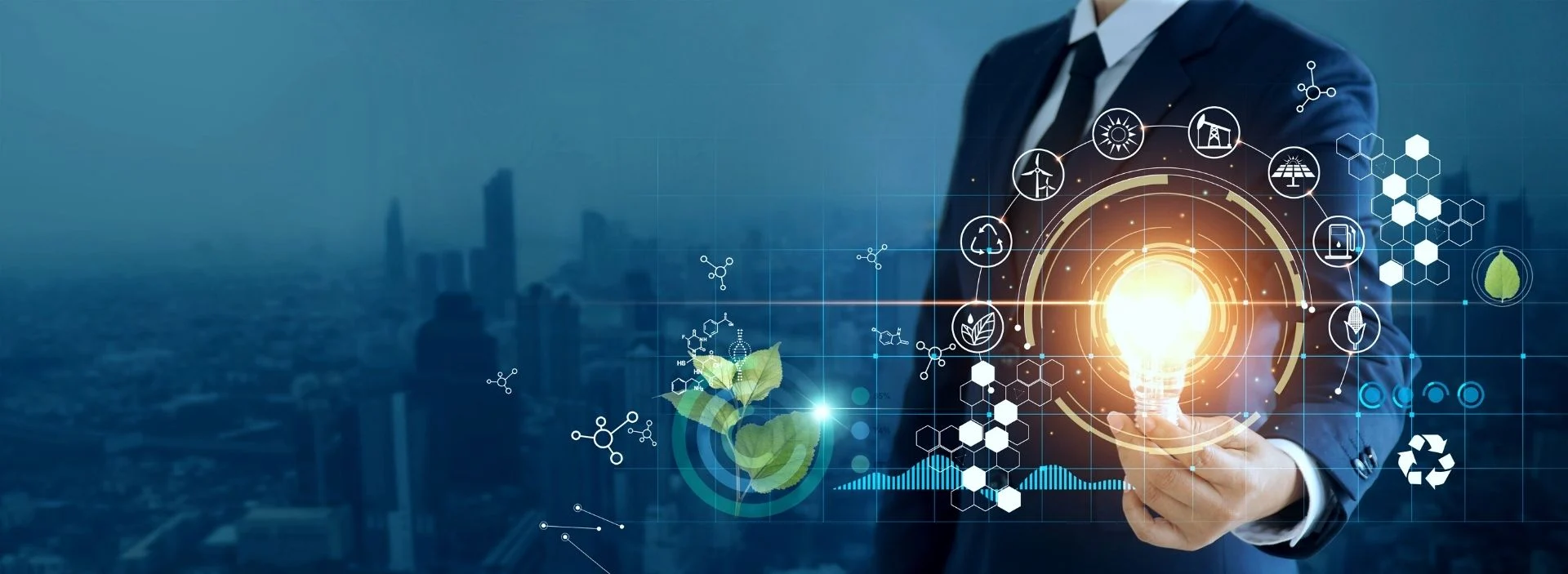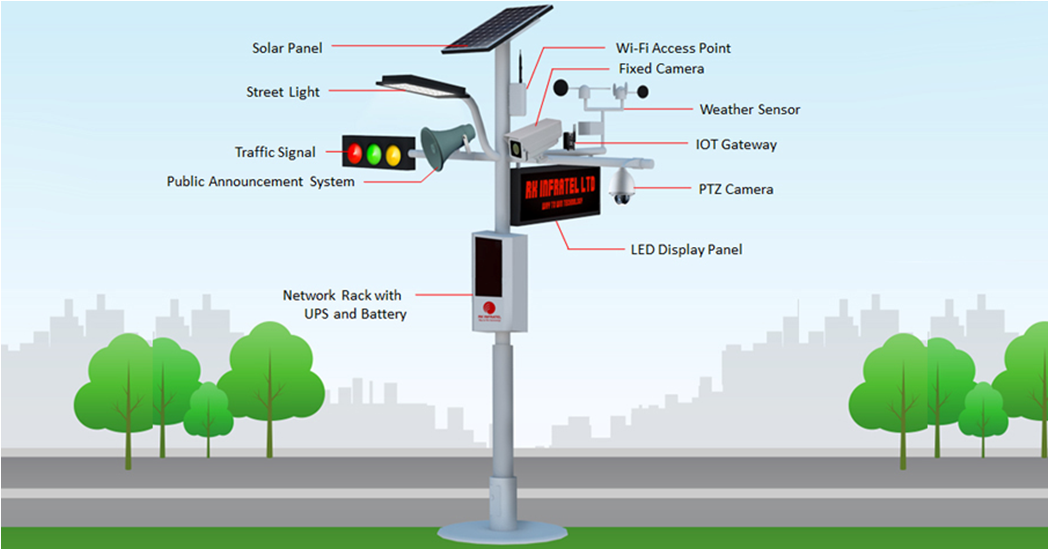Impact of Digital Technologies on the Transmission and Distribution Sector

In more than a century, electrical transmission and distribution (T&D) have progressed step by step. The present usage of digital technology in the construction, maintenance, and monitoring of T&D lines opens up a lot of possibilities for building more cost-effective, efficient, and dependable lines. With the rise of numerous technologies such as Blockchain, Artificial Intelligence (AI), IoT, Big Data analytics, and others, we are also on the cusp of a shift in the digitalization of energy systems.
Regulatory limits, policy changes, changing economics, technology, and consumer preferences are all constants in the power utility sector.
To compete in this market, utilities must ensure continuous power supply through efficient load distribution and minimize downtime through timely repair.
As a result, technological advancements like machine learning algorithms and artificial intelligence are rapidly infiltrating the power distribution industry. Battery storage and the internet of things, among other developments, have the potential to alter the power industry soon.
Key Challenges faced by the Transmission & Distribution industry
Aging Infrastructure
In numerous nations, the present electric power delivery system is based on old transmission and distribution infrastructure. This infrastructure represents technological advancements from the 1950s, and it is struggling to satisfy today's expanding demand. Around 40 percent to 45 percent of T&D assets need replacement or will be in the near future, necessitating significant investments in both transmission and distribution.
Monitoring and inspection of T&D lines
Overhead transmission and distribution lines are among the most extensively scattered assets of electric power utilities. T&D lines can run for several miles, even in rural places, making monitoring and inspection a difficult chore for utilities. Inspection crews used to travel to these T&D lines to inspect in case of fault detection or regularly once or twice a year. Even though this is an important duty for the utility, it can be time-consuming and costly.
Grid Stability
Grid stability has been harmed as a result of the expansion of renewable energy and distant generation. Due to the intermittent nature of renewable energies like wind energy, grid operators face a significant challenge in maintaining a consistent supply of electric power to consumers. It has also resulted in a larger burden on grid infrastructure and operations that are approaching grid stability constraints.
Battery storage and power utility
Lithium-ion (Li-ion) batteries have become less expensive and perform better as a result of ongoing storage technology research.
With this trend predicted to continue, utilities will likely turn to massive battery banks as an alternative to building new power plants in the future.
The benefits are numerous. To begin with, battery storage can be used to effectively manage peak demand. Demand is known to fluctuate not only daily but also seasonally and annually. Meeting peak demand is expensive, as utilities must either invest in more capacity by building new power plants, which are not necessarily well-run, or buy power from independent power producers (IPP) at higher prices during peak hours than during non-peak hours.
Grid-connected battery storage, on the other hand, can successfully inject the required power into the grid at the right time to meet demand. Battery storage will not only save utilities from the problems outlined above, but it will also help preserve grid balance.
IoT, robotics, and connected technologies
The internet of things (IoT), also known as Industry 4.0, has the potential to radically revolutionize the power industry by reducing energy costs by optimizing operations, managing asset performance, and engaging customers. Early consumer-oriented IoT applications, such as smart meters and smart thermostats, are already benefiting the electricity sector.
Traditional power utilities and industry participants are being forced to adapt to the rapid rise of IoT, or risk being surpassed by powerful new entrants who benefit from these technological advancements. In utilities, IoT and robotics have already found broad use, particularly in demand-side management (DSM).
Consumers can now track and monitor their energy consumption and save money on their energy bills thanks to smart meters and IoT-connected power products.
For instance, a maintenance engineer may use IoT-connected smart glass to draw up boiler schematics and other service processes. In the event of a major failure, the engineer can use collaboration software to seek assistance from a distant expert and request further information as needed, saving both time and money by eliminating the need for extra staff to be dispatched to the site.
Digital technologies
T&D industries can benefit from new digital technology that can assist them to overcome obstacles. Some utilities throughout the world have adopted these technologies, which are now being employed in a variety of applications. The following are some instances of digital technology that can help the T&D sector handle problems.
Artificial Intelligence
Large volumes of meteorological data can be used by AI-based systems to optimize the utilization of electricity grids and expand their capacity. The electrical grid system can benefit from artificial intelligence to improve safety, reliability, and efficiency.
Xcel Energy, eSmart Systems, and EDM International have announced a collaborative intelligence project based on artificial intelligence to transform transmission grid inspection. Xcel will use eSmart's AI-based analytics platform to evaluate transmission asset imagery data.
KIT is also developing AI-powered self-learning sensor networks to simulate the cooling effect of weather using real-world data. This can aid in weather-dependent transmission line monitoring for improved operating efficiency.
Digital Twin
The average age of the transformers in these substations is 38 to 40 years in the United States, which has about 54,000 substations. To avoid outages, these substations must be repaired, rebuilt, or updated as soon as possible. Due to outdated substations, a similar issue exists in a number of other countries. Utilities can make the digital twins of these substations more efficient and cost-effective in their O&M activities.
Fingrid used to spend 80% of its time on data collection and verification and 20% on real analysis when planning future grid expenditures. Fingrid was able to save time and money by using Siemens' Electrical Digital Twin instead of manually maintaining a model. The data collecting and verification process now take less than 20% of the time, leaving the important analytical duty to take up the remaining 80%.
Augmented & Virtual Reality
Engineers are given AR/VR eyewear with which they can perform a virtual site tour. This can be accomplished by accessing a station and interacting with stakeholders remotely via online streaming, which can aid in the completion of various design tasks.
To complete the substation's construction and maintenance tasks, the Miluo Western 220kV substation project uses VR modeling with UAVs, integrated BIM+geospatial, and construction simulation. The space occupied by the substation was decreased by 22%, resulting in cost savings and the avoidance of residential demolition. The project was one of the first projects to apply the 3D standards mandated for the utility industry in China.
Major Highlights in the Industry
- AMI enables the collection of near-real-time usage data from customers, as well as data analysis and control services like time-based tariffs and demand response. Sensors and embedded software are also being added to the grid, as well as two-way communication and software platforms that enable distribution automation monitoring and control, fault and outage management, VoltVAR management, and real-time optimization of distributed energy resources (DERs).
- CenterPoint Energy, based in the hurricane-prone Houston area, is an excellent example of a utility taking measures to become a digital organization. An advanced metering system, an advanced distribution management system (ADMS), DSCADA, a mobile data platform, a power alert service system, an integrated voice response (IVR) system, and a Customer Vision Platform have all been deployed by the company. These systems not only improve system performance but also improve the relationship between CenterPoint and its clients.
- Similarly, Portland General Electric (PGE) began a smart grid test program this summer to show the utility's smart grid's potential for demand response and other customer-focused programs by integrating digitally equipped items owned by customers. Digital businesses have the advantage of supplying a large number of clients while still providing personalized service.
Conclusion: What does the future hold for the industry?
New digital technologies can successfully assist the T&D sector in navigating numerous problems, resulting in increased operational efficiency and cost savings over time. These technologies have also been able to help workers work in a safer atmosphere, which has resulted in increased productivity. In a changing environment dominated by the integration of renewable energies, increasing share of EVs in total vehicle sales, penetration of distributed energy sources, and so on, technologies such as AI, digital twin, machine learning, and so on are also providing opportunities for utilities to disrupt their business model and create value for end customers.










